Health & Science
A breakthrough in nuclear fusion; Cat parasites in whales; The secret to recalling dreams; A changing jet stream
A breakthrough in nuclear fusion
Scientists have re-created, for a brief instant, the nuclear fusion reaction that powers the sun, taking a major step toward the holy grail of developing fusion as a viable energy resource on Earth. “We’re closer than anyone’s gotten before,” physicist Omar Hurricane tells USA Today. He and his colleagues at the Lawrence Livermore National Laboratory shot 192 lasers with a peak power of 500 trillion watts—roughly 1,000 times the power output of the entire U.S. grid—at a dime-size gold cylinder; inside the cylinder was a pea-size capsule containing a fuel of two hydrogen isotopes. The lasers created enough pressure to crush the fuel capsule to 1/35 of its original size—the equivalent of compressing a basketball to the size of a pea. Under compression, the nucleus of atoms in the fuel fused, generating a temperature higher than that at the sun’s center and triggering additional nuclear reactions. “For the first time anywhere, we’ve gotten more energy out of the fuel than was put into the fuel,” Hurricane says. The challenge ahead is to maintain the high temperatures and pressures required for what’s known as ignition, generating a self--sustaining chain reaction. If nuclear fusion can be mastered and controlled, scientists say, it could generate almost limitless amounts of energy from seawater without generating radioactive wastes.
Cat parasites in whales
The Week
Escape your echo chamber. Get the facts behind the news, plus analysis from multiple perspectives.

Sign up for The Week's Free Newsletters
From our morning news briefing to a weekly Good News Newsletter, get the best of The Week delivered directly to your inbox.
From our morning news briefing to a weekly Good News Newsletter, get the best of The Week delivered directly to your inbox.
A parasite typically found in cats has turned up in a species of Arctic whale, raising concerns about possible infection among native Inuit who rely on the whales for food. University of British Columbia researchers have found Toxoplasma gondii in more than 10 percent of beluga whales living in the Beaufort Sea north of western Canada. Though the parasite appears not to affect the whales, in humans it can cause blindness and congenital birth defects. Scientists believe that T. gondii made the jump to whales from the feces of the increasing number of pet cats in the region. Cat feces carrying millions of the parasite’s eggs are washed into the ocean, where higher temperatures have allowed the pathogens to survive. “The longer you have temperatures above zero degrees Celsius, the more risk you have of being exposed to this infectious stage of the parasite,” University of British Columbia parasitologist Michael Grigg tells BBCNews.com. “And with climate change, you are increasing your risk.” The only way to kill T. gondii is by freezing or boiling it, so public health officials are warning the region’s Inuit against handling raw or undercooked meat.
The secret to recalling dreams
Why do some people remember their dreams while others almost never do? The answer may depend on both how soundly you sleep, and on differences in brain function. French researchers at the Lyon Neuroscience Research Center previously found that so-called high dream recallers experience twice as much wakefulness during sleep as low dream recallers; their brains also react more to sounds both when sleeping and awake. In a new study, the team wanted to understand how the brains of each type of dreamer differed. Using a specialized imaging technique, researchers measured the spontaneous brain activity of 41 volunteers during wakefulness and in sleep. Twenty-one were high recallers, who remembered their dreams an average of 5.2 mornings per week; the rest were low recallers, who reported two dreams per month on average. Whether awake or asleep, the high recallers showed stronger activity in the temporoparietal junction, an area of the brain involved in directing attention toward external stimuli. The researchers concluded that this increased activity likely leads to more-frequent awakenings, creating more opportunities to encode dreams in memory. “The sleeping brain is not capable of memorizing new information,” lead researcher Perrine Ruby tells ScienceDaily.com. “It needs to awaken to be able to do that.”
A changing jet stream
A free daily email with the biggest news stories of the day – and the best features from TheWeek.com
Climate change appears to be affecting the jet stream, altering the weather patterns over the U.S. so that regions can get “stuck” in extreme weather for weeks, a new study has found. The jet stream is the fast-moving, high-altitude air current that shuttles weather from west to east over North America and Europe. But the pronounced warming of the Arctic—where temperatures are rising faster than the rest of the globe—has weakened the jet stream, causing it to take a slower and more meandering path across the Northern Hemisphere. Without that powerful engine to drive weather systems, weather lingers over a region for longer. That may explain this winter’s record drought in California, persistent cold and heavy snow in the Southeast, and torrential rains in Great Britain. “People are noticing that the weather in their area is not what it used to be,” Rutgers University atmospheric scientist Jennifer Francis tells Wired.com. “We can expect it to happen more frequently.”
-
 5 recent breakthroughs in biology
5 recent breakthroughs in biologyIn depth From ancient bacteria, to modern cures, to future research
-
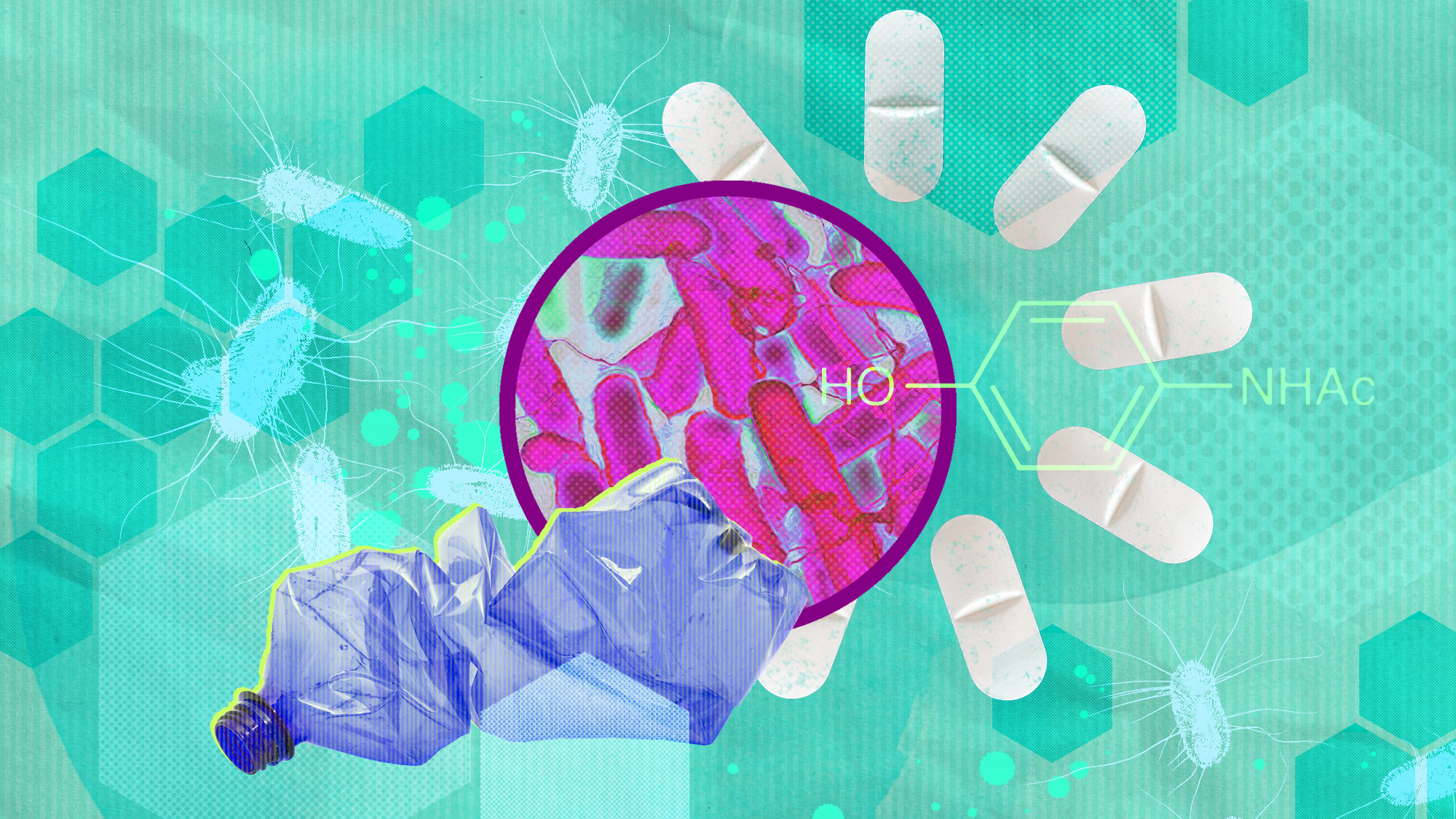 Bacteria can turn plastic waste into a painkiller
Bacteria can turn plastic waste into a painkillerUnder the radar The process could be a solution to plastic pollution
-
 Scientists want to regrow human limbs. Salamanders could lead the way.
Scientists want to regrow human limbs. Salamanders could lead the way.Under the radar Humans may already have the genetic mechanism necessary
-
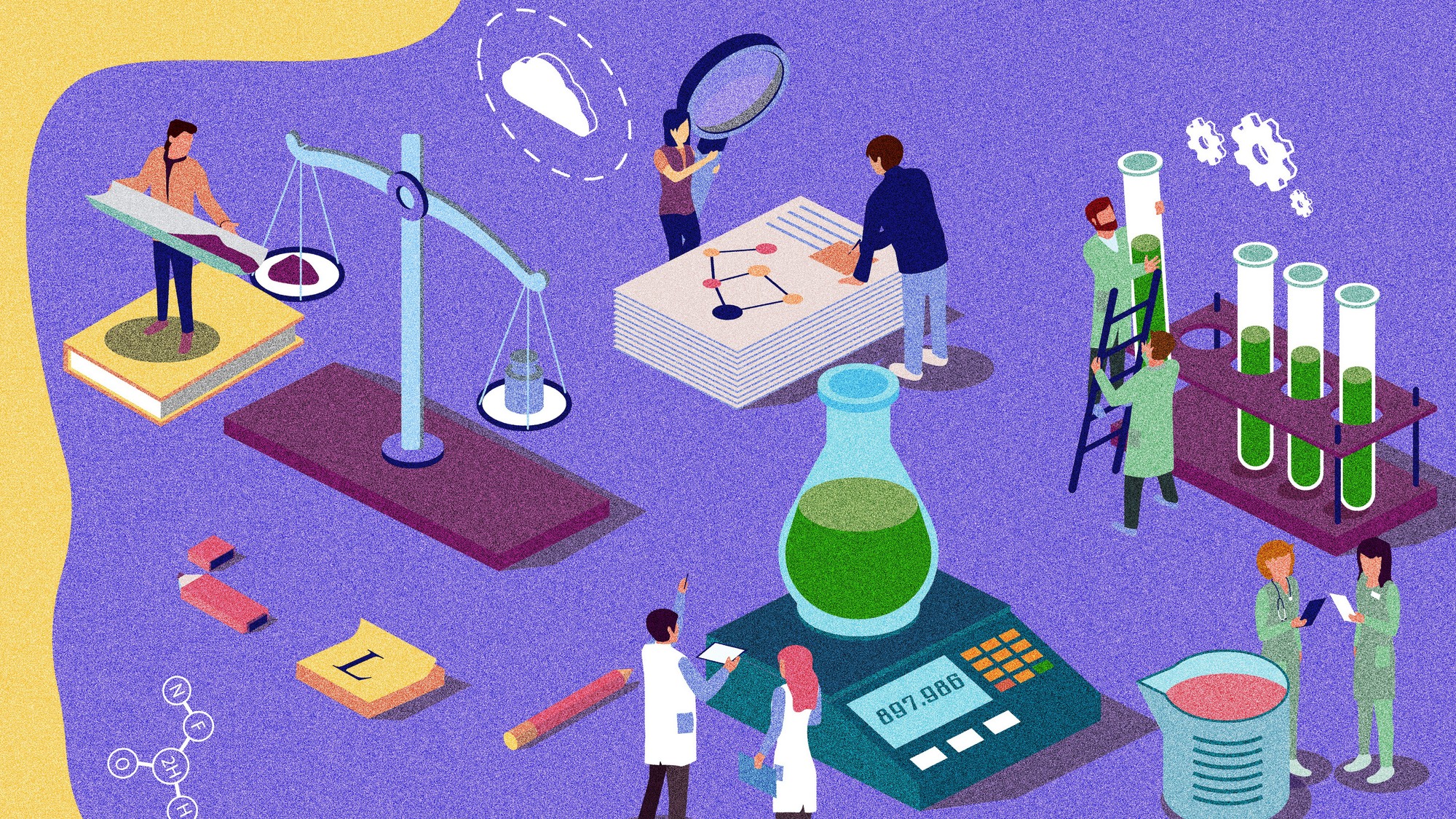 Is the world losing scientific innovation?
Is the world losing scientific innovation?Today's big question New research seems to be less exciting
-
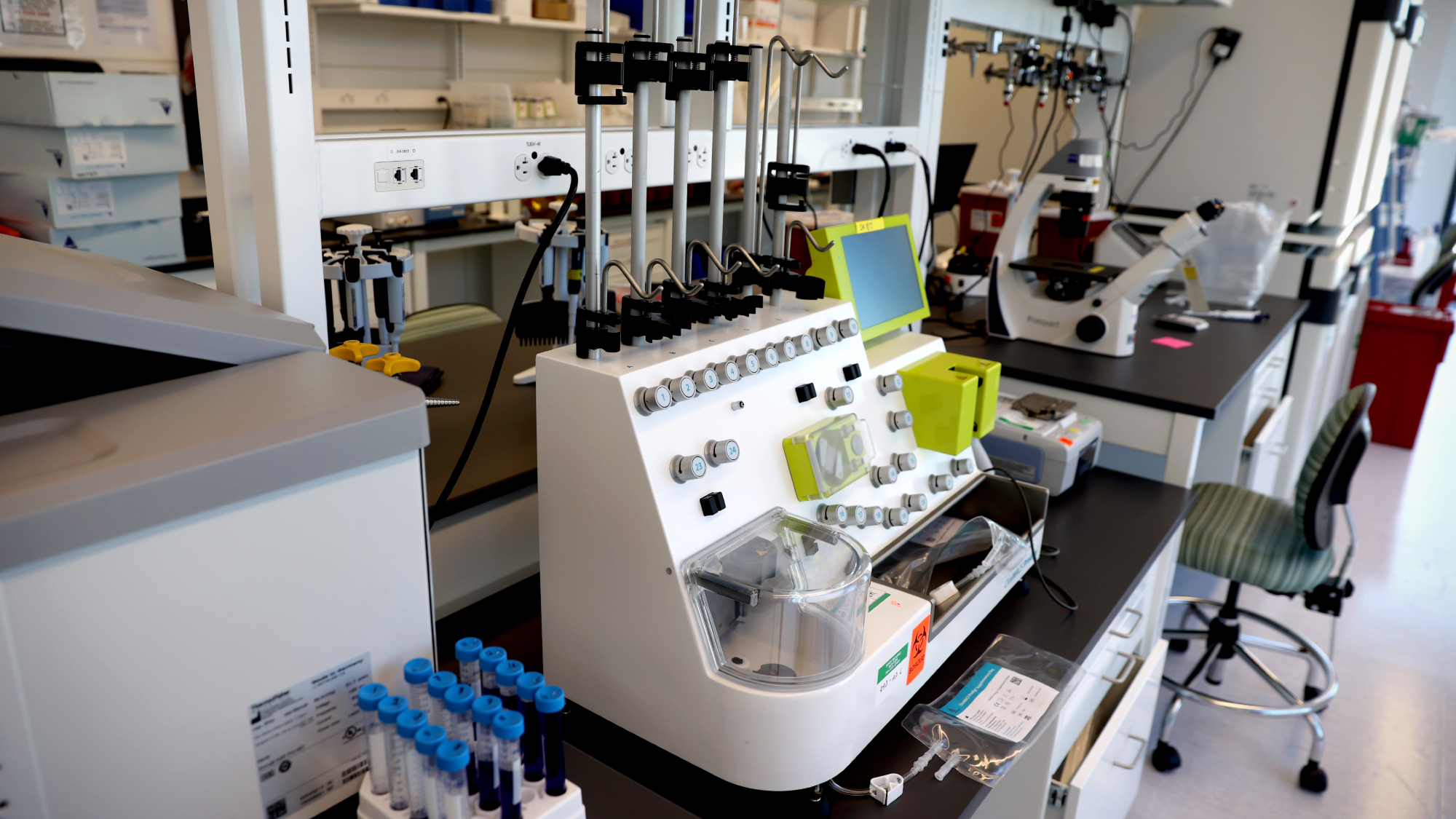 Breakthrough gene-editing treatment saves baby
Breakthrough gene-editing treatment saves babyspeed read KJ Muldoon was healed from a rare genetic condition
-
 Humans heal much slower than other mammals
Humans heal much slower than other mammalsSpeed Read Slower healing may have been an evolutionary trade-off when we shed fur for sweat glands
-
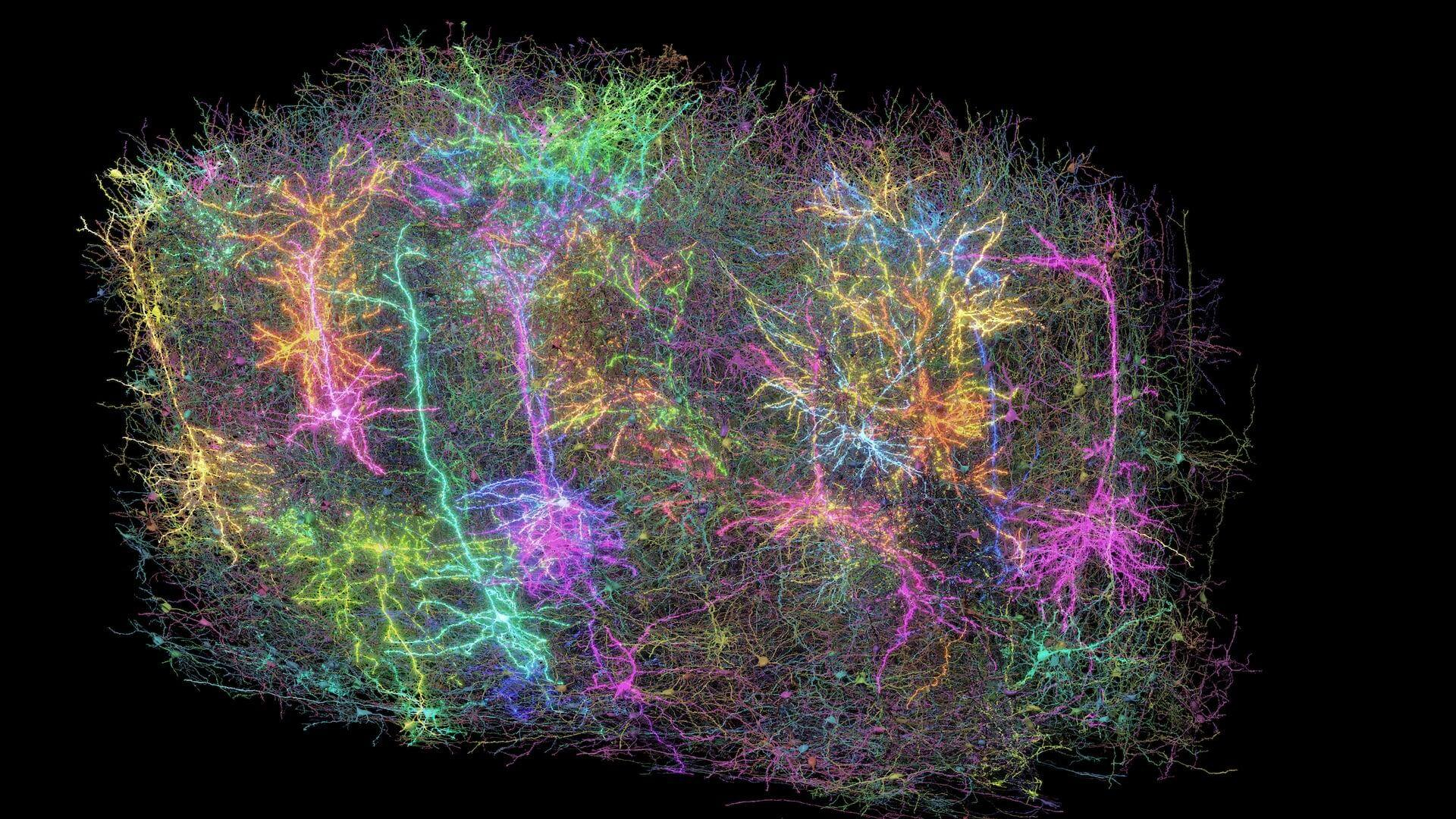 Scientists map miles of wiring in mouse brain
Scientists map miles of wiring in mouse brainSpeed Read Researchers have created the 'largest and most detailed wiring diagram of a mammalian brain to date,' said Nature
-
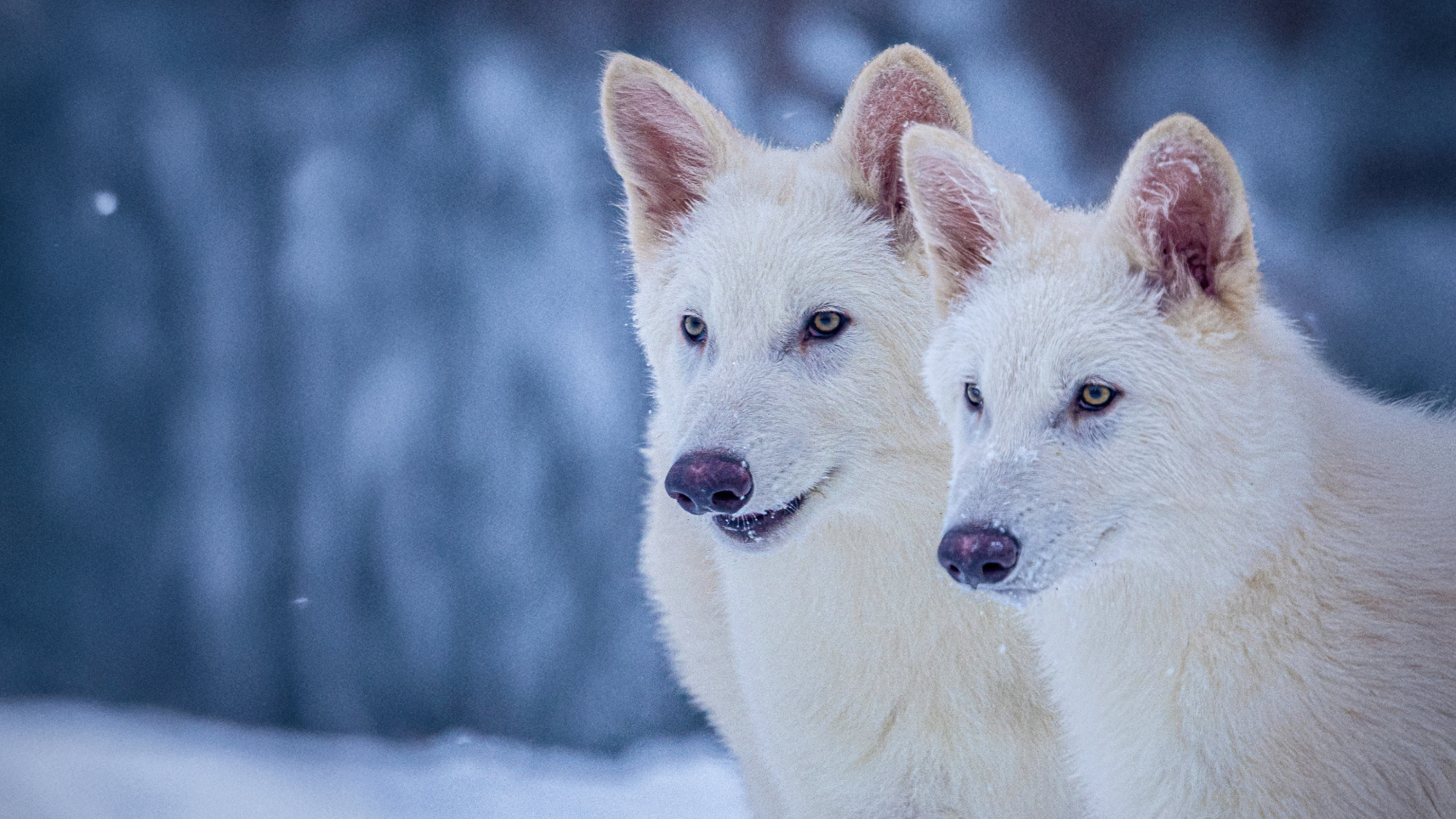 Scientists genetically revive extinct 'dire wolves'
Scientists genetically revive extinct 'dire wolves'Speed Read A 'de-extinction' company has revived the species made popular by HBO's 'Game of Thrones'


